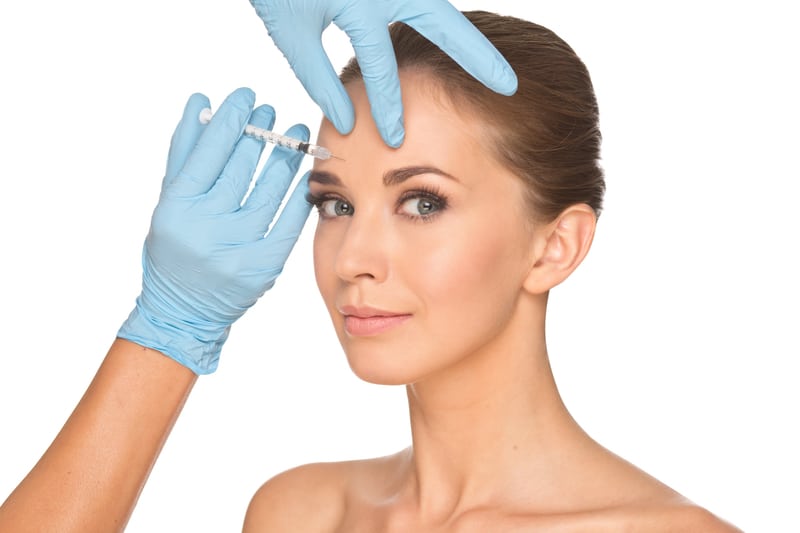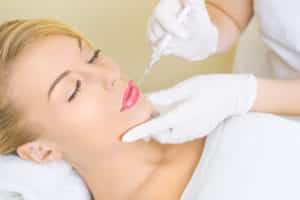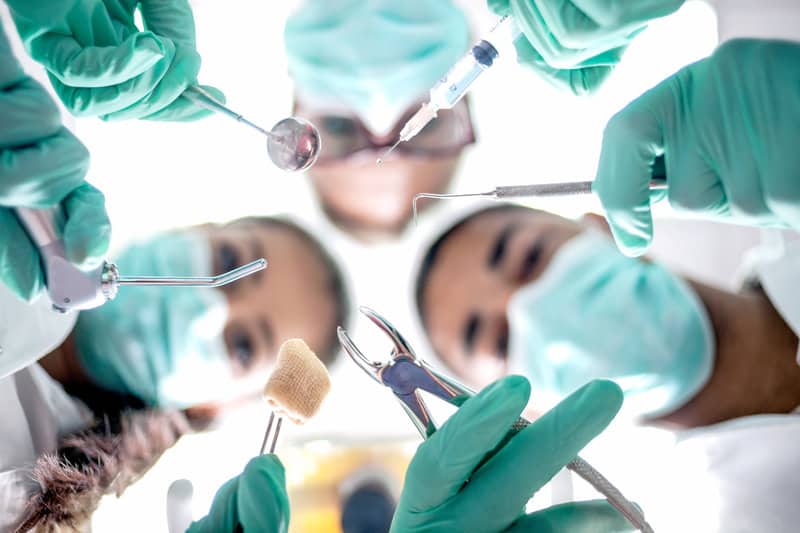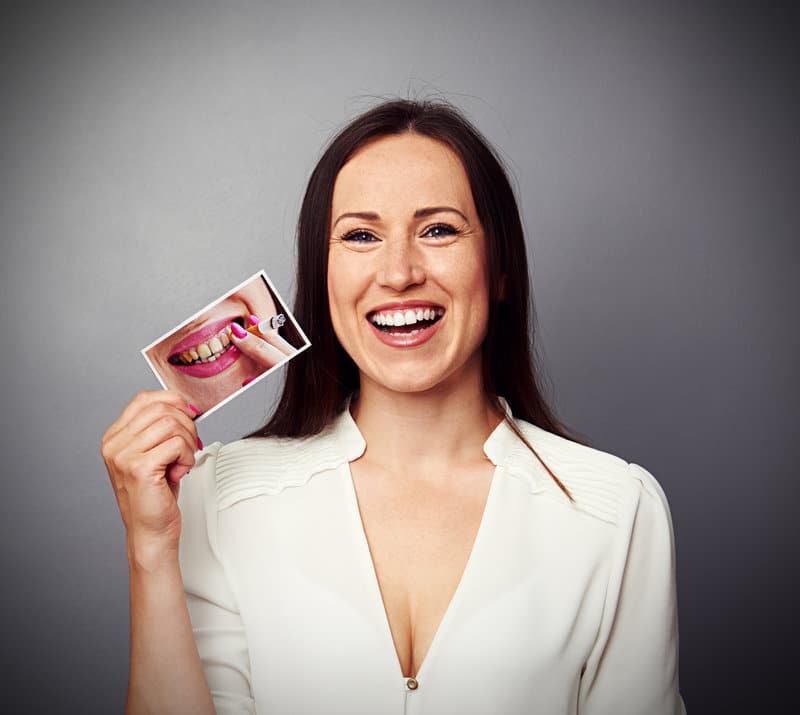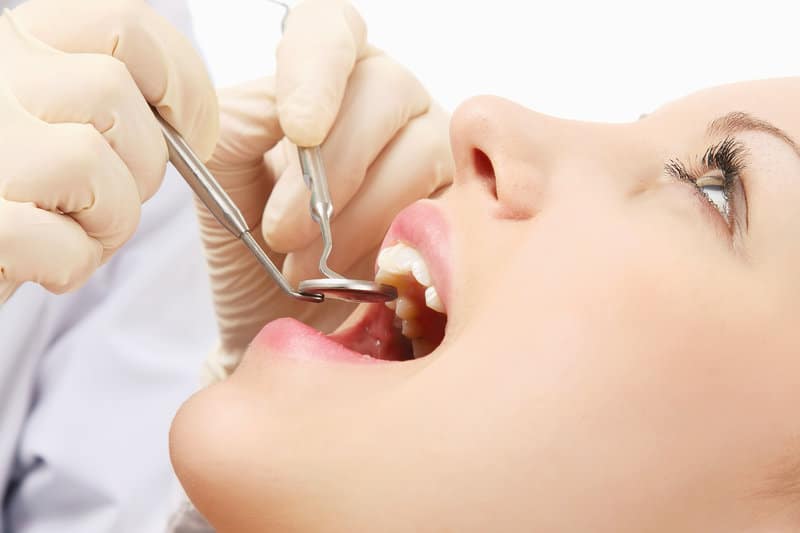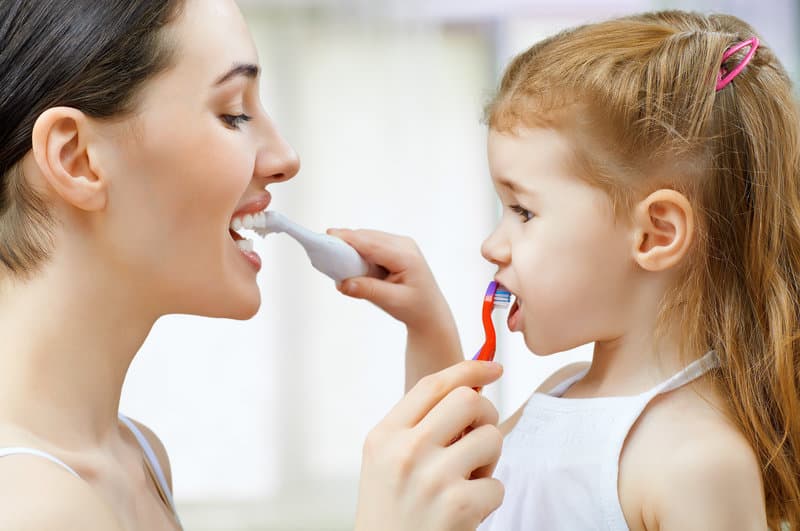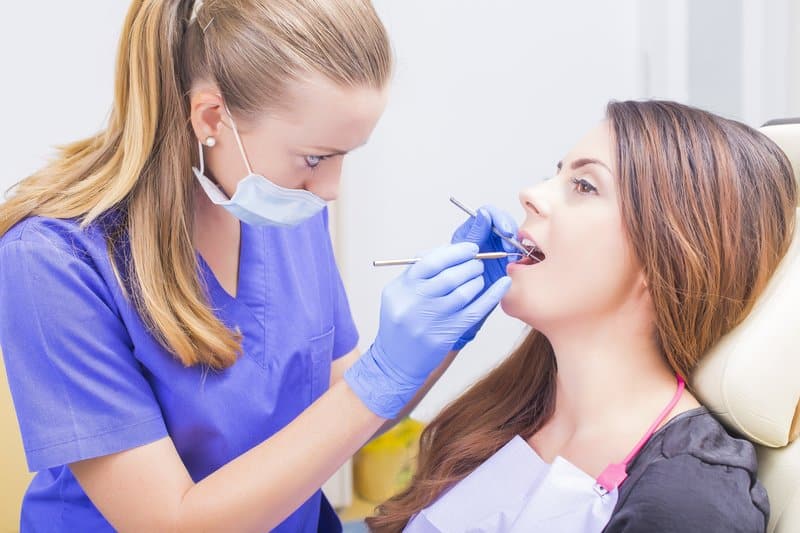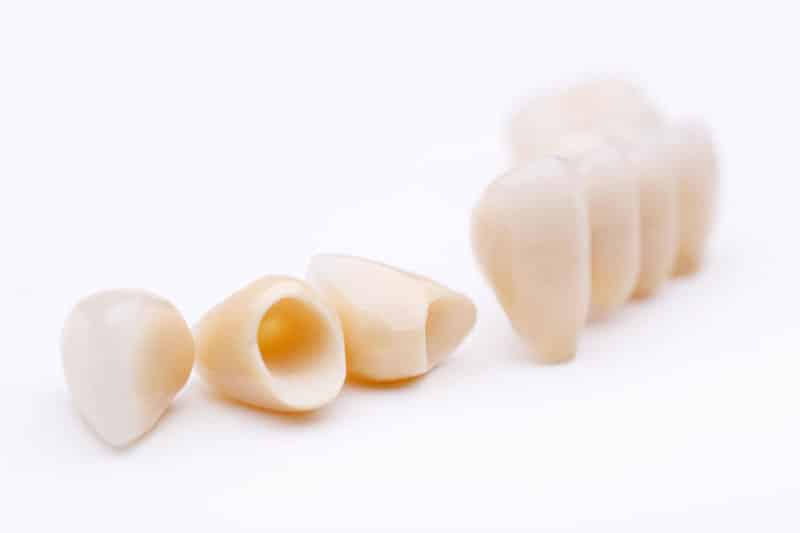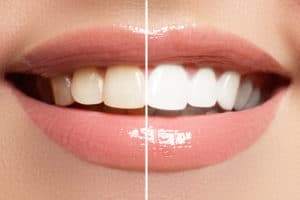Composite Fillings Keep Your White Smile Intact
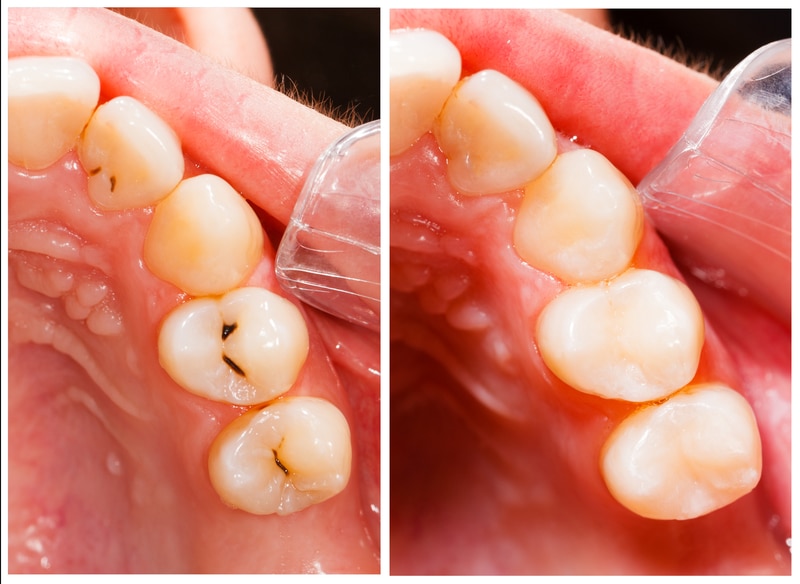
Despite your best efforts, sometimes cavities strike. But, when they do, you do not have to sacrifice the look of your smile with a mouth full of metal. Composite fillings can preserve the natural look and strength of your smile when repair is necessary. Our composite resins are composed of ceramic and plastic compounds that are strong enough to withstand the pressures of chewing, biting and grinding. These tooth-colored fillings are blended to match the exact shade of your tooth for a seamless smile. Composite fillings can repair portions of teeth that are routinely exposed to preserve your shiny, white smile. See what composite fillings can do for you today!
Tooth Decay Is a Chronic Problem
Did you know that tooth decay is one of the most prevalent chronic diseases among adults and children? You may know tooth decay by one of its other names: “cavities” or “dental caries”. All of these terms are used interchangeably to describe the decay and erosion of your tooth enamel over time. Most people have tooth decay, or at least have had it fixed in the past. Studies, such as one by the CDC National Center for Health Statistics, found that 91% of U.S. adults had dental caries.
Cavities are a chronic problem all over the world. One of the reasons could be that it is a silent killer to your teeth. When you eat, sugars in the foods and drinks you consume mix with bacteria in your mouth. This creates a sticky, acidic substance that coats your teeth. You may see this substance if you look closely at your teeth in a mirror. Plaque coats your teeth and works to erode away your tooth enamel because plaque is acidic in nature. Your teeth may be hard, but over time, that plaque can thin out your enamel and cause openings in the tooth. This is when plaque gets inside your soft tooth center and causes rapid tooth decay.

What Are Composite Fillings?
You may have had a tooth filling in the past that was made of metal. Dentistry continues to advance each year, and metal fillings truly are starting to be a “thing of the past”. This is because composite fillings exist and are much more aesthetically-pleasing for patients. Composite fillings are tooth-colored plastic and glass mixtures that are used to restore decayed teeth. When we remove a cavity, we remove a decayed and destroyed part of your tooth. For your mouth to function properly when chewing, biting, eating, and more, we must fill that area once again.
We do this by creating composite fillings for one or more teeth. Generally, we place a layer of composite filling and harden it with a special light. We do this over and over until the space is filled in your tooth. We shape composite fillings to fit the natural look of your teeth and we match the whiteness to the whiteness of your teeth. If you drink foods or drinks that stain the teeth, composite fillings can change color over time. However, we can also place a clear plastic coating over your composite fillings so that they don’t change color. Composite fillings are amazing and much more prefered over metal fillings because they don’t change the look of your mouth. If anything, they make your mouth better because composite fillings make your mouth healthier and that tooth decay has been removed.
Maintaining Great Oral Health
How well you take care of your mouth is an indication of how well you take care of the rest of your body. Your mouth is also a window to the rest of your body. You put food and drink through it all day long, you talk with your mouth, and you even make a first impression with your mouth via your smile. You want your health to be in tip-top shape so that your smile stays healthy and is something to remember—in a good way. Composite fillings help your oral health because they bond to your teeth to support your remaining tooth structure. They also help insulate the tooth to prevent sensitivity to temperature changes.
The ADA recommends brushing your teeth at least twice a day. A good time to fulfill this recommendation is in the morning after eating breakfast and at night before you go to bed. However, you don’t have to just stick to brushing twice a day. Brush as often as you want with a soft-bristled toothbrush. Brushing and flossing are the two best actions you can do to maintain great oral health. Seeing us at least twice a year will also help you to know if you have tooth decay or gum disease and what you can do about them.
A Healthy Smile for Life
It’s not hard to achieve a healthy smile. Brush and floss your teeth everyday and visit your dentist often. If you have cavities, make sure to have them treated as soon as possible. We can do this with composite resins so that your teeth continue to look natural and beautiful. If you would like to know more about our composite fillings, or if you need to schedule your exam, call Dr. Ania’s office at 303-443-0998!


